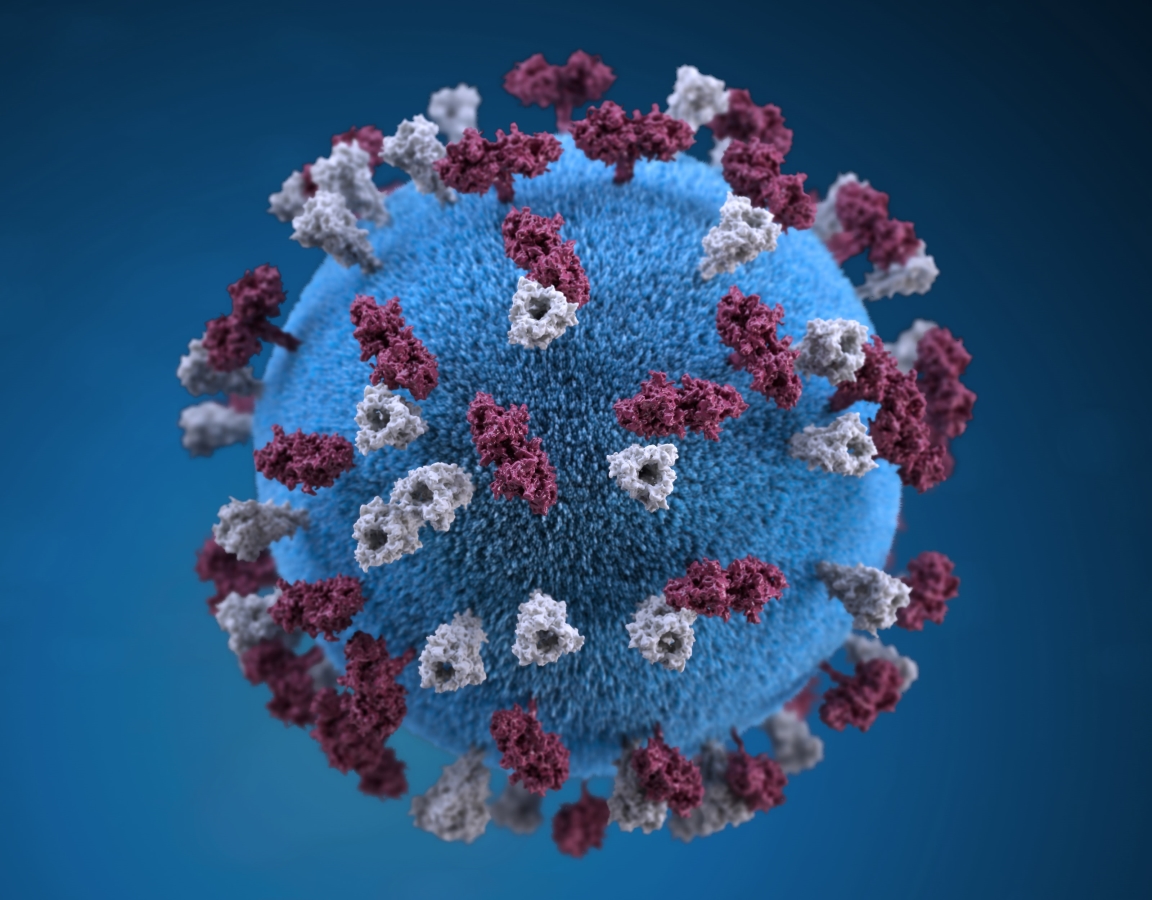
When a child’s cavity goes untreated, it isn’t just unattractive; the pain and infection it causes can affect how she eats, speaks, plays and learns.
Poor oral health can even lead to missed school days and lower grades, which could affect a child for life.1
One in five kids between the ages of five and 11 has at least one untreated decayed tooth. And children from low-income families are twice as likely to have untreated cavities as those from higher-income homes.2
Cavities that aren’t taken care of can cause terrible dental pain (especially from abscesses, or bacterial infections), the inability to chew food well and embarrassment from missing or discolored teeth.3
Yet too many parents don’t realize that poor oral health is preventable.
Spreading that hopeful message is the goal of National Children’s Dental Health Month, sponsored each February by the American Dental Association (ADA). This month-long event promotes good oral health benefits to children, their caregivers, teachers and others.
What’s the Connection Between Oral Health and Learning?

As mentioned above, when a child’s oral health suffers, so does his or her ability to learn. Children with dental pain are almost three times as likely as their classmates to miss school, not complete homework and get lower grades.4 Yet, teachers may not make the connection between learning difficulties and dental problems.
Pain from cavities and infections can also lead to decreased appetite, even malnutrition, in turn affecting a child’s ability to concentrate. And that discomfort can contribute to depression, irritability and anxiety, all of which make it much harder to pay attention in class. Failure in the classroom and being bullied over missing teeth can affect self-esteem and create an ever-worsening cycle.
However, none of this is necessary. Resources are available, but people need to be made aware of them. For example, about one-third of baby teeth cavities can be prevented with a simple treatment using fluoride varnish.5 And school-based dental sealant programs (in which a thin protective coating is painted on the chewing surfaces of a child’s back teeth once they come in) prevent up to 80% of cavities.6 The Centers for Disease Control has shown that sealant programs effectively prevent tooth decay in children who might otherwise not receive regular dental care.7
In communities with fluoridated tap water, children have fewer cavities than in places that don’t.8 Children who brush daily with fluoride toothpaste will get fewer cavities, too.9
For lower-income families, each state’s Medicaid program is required to set up an age-related schedule of oral health services that include treatment of any pain or infections, restoration of teeth and maintenance.10
The good news is that improving children’s oral health has been shown to enhance their educational experience. When their acute dental problems are treated and are pain-free, their learning and school attendance improve.11
12 Tips for Moms-to-Be & Parents

Taking care of your child’s teeth starts very early — during pregnancy and continuing through the first years of life and as your son or daughter grows.12
For pregnant women. You’re not just eating for two, you’re also brushing for two; that’s because pregnancy makes you more prone to cavities and gum disease.
Remember to:
- See a dentist before you deliver your baby.
- Brush twice a day and floss daily.
- Rinse your mouth with a teaspoon of baking soda in a glass of water if you have morning sickness. This will help wash away stomach acid and protect tooth enamel.13
For babies. Here are steps parents and caregivers can take to protect a baby’s gums and new teeth:
- Wipe your baby’s gums with a soft cloth twice a day (after the first morning feeding and right before bed) to remove cavity-causing sugars and bacteria.
- Avoid putting her to bed with a bottle of anything other than water.
- Brush his first teeth with a soft toothbrush and water twice a day.
- See a dentist during your baby’s first year.
- Ask your doctor or dentist about fluoride varnishes and toothpaste for her first teeth.
For children. Maintaining good oral health for your child means:
- Watching your child brush with fluoride toothpaste twice a day until age six. After that, he should spit out the toothpaste rather than swallow.
- Confirming that your drinking water has the ideal amount of fluoride (visit the CDC’s website My Water’s Fluoride) to prevent cavities.
- Asking your child’s dentist to apply protective fluoride varnish and dental sealant at the right age.
- Ensuring that your child eats a healthy diet that limits sugary beverages and snacks.
How You Can Help/Resources

The American Dental Association makes a wide variety of free materials available to promote its NCDHM message, including:
- The ADA’s 2021 National Children’s Dental Health Month Planning Guide is distributed to program coordinators, dental groups, teachers and parents with easy, entertaining activities to engage children, planning timetables, tips and materials.
- The ADA’s 2021 Poster/Flyer can be downloaded here. Print some flyers out and ask your child’s school to post them.
- Crossword Activity (PDF)
- Coloring Sheet (PDF)
- Calendar Activity (PDF)
- Maze Activity (PDF)
- Mouth Healthy 2021 Brushing Calendar
The Indiana Dental Association has a free app with fun, interactive lessons about the effect of acid and sugar in popular drinks on teeth. It features videos, a 3D visualization of a mouth, vocabulary for kids to learn and a short quiz. Go to drinksdestroyteeth.org or download the app for iPhone or Android.
National Maternal and Child Oral Health Resource Center/COVID-19 resources include:
Next Steps
Poor oral health, including cavities and infections, can have a lifelong impact on a child. What’s worse, the COVID-19 pandemic has sidelined school-based oral health programs that normally deliver dental care for children, so it is even more important now to share the ADA’s message about proper care.
Here’s where you can make a difference: Take advantage of the National Children’s Dental Health Month in February, including the ADA’s free materials and publicity. And even after the month has ended, continue to share the message at every opportunity, face-to-face or online with anyone you know who is pregnant or has a baby or small children. Reach out to any dentists and teachers you know.
In short, become an ambassador for good oral health!
- The ADA has several fun activities for kids. Download and share them to help spread the message:
- Crossword Activity (PDF)
- Coloring Sheet (PDF)
- Calendar Activity (PDF)
- Maze Activity (PDF)
- Mouth Healthy 2021 Brushing Calendar
The Indiana Dental Association has a free app with fun, interactive lessons about the effect of acid and sugar in popular drinks on teeth. It features videos, a 3D visualization of a mouth, vocabulary for kids to learn and a short quiz. Go to drinksdestroyteeth.org or download the app for iPhone or Android.
National Maternal and Child Oral Health Resource Center/COVID-19 resources include:
Next Steps
Poor oral health, including cavities and infections, can have a lifelong impact on a child. What’s worse, the COVID-19 pandemic has sidelined school-based oral health programs that normally deliver dental care for children, so it is even more important now to share the ADA’s message about proper care.
Here’s where you can make a difference: Take advantage of the National Children’s Dental Health Month in February, including the ADA’s free materials and publicity. And even after the month has ended, continue to share the message at every opportunity, face-to-face or online with anyone you know who is pregnant or has a baby or small children. Reach out to any dentists and teachers you know.
In short, become an ambassador for good oral health!


